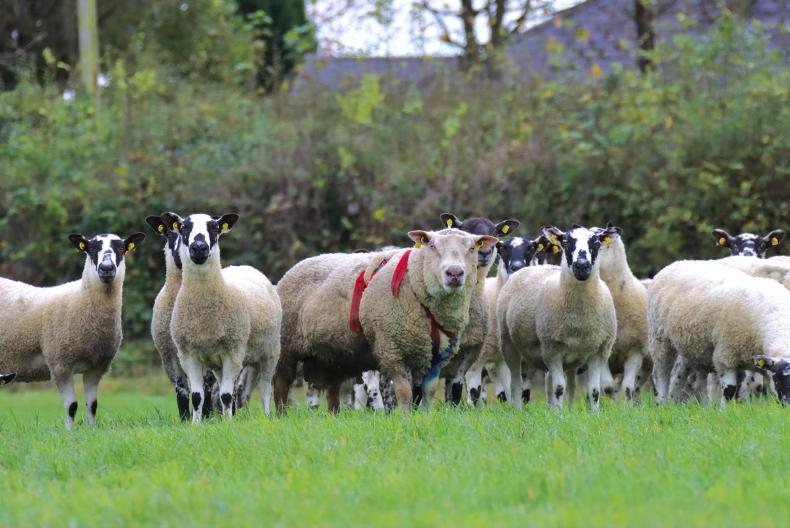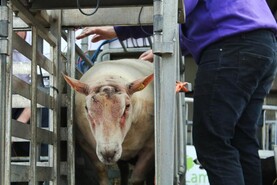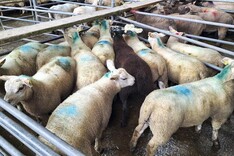While there are external factors outside of our control that can influence breeding performance, by and large the success of a breeding programme is underpinned by management practices and decisions taken long before breeding commences.
Take body condition for example – Teagasc research shows that for each one unit increase in body condition score (BCS) within a range of 2.5 to four there is potential to increase litter size by 0.13 lambs per ewe joined, while mating at a lower BCS will increase barren rates.
The response to condition score and ewe liveweight is even more apparent in hill ewes.
It will take eight to 10 weeks on good grass for ewes to gain one condition score (10kg to 12kg in lowland breeds) raising the importance of taking action quickly post-weaning and monitoring performance closely thereafter.
In excess of 7,000 farmers have to purchase a ram under the Sheep Improvement Scheme in 2025.
You will find an update on how to get the most out of using €uro-Star evaluations when selecting rams here, while there is questions and answers feature on the new OviFlock project here.
The project can have a big influence in advancing performing recording in the hill sheep sector and progressing genetic gain and reducing inbreeding.
Unfortunately the risk of the bluetongue virus reaching our shores is casting a shadow over the sector.
The Department of Agriculture outlines the latest movement regulations for breeding sheep, and it is imperative they are adhered to if we are to improve our chances of keeping the virus out.
We also touch on another virus, the Schmallenberg virus, which led to a spike of cases in 2025 and also outlines advice for purcashing and managing rams for optimum performance.
Meanwhile, we also have a farmer focus and breeding plans from the McFarlane family who hosted the 2025 NSA Northern Ireland sheep event.
While there are external factors outside of our control that can influence breeding performance, by and large the success of a breeding programme is underpinned by management practices and decisions taken long before breeding commences.
Take body condition for example – Teagasc research shows that for each one unit increase in body condition score (BCS) within a range of 2.5 to four there is potential to increase litter size by 0.13 lambs per ewe joined, while mating at a lower BCS will increase barren rates.
The response to condition score and ewe liveweight is even more apparent in hill ewes.
It will take eight to 10 weeks on good grass for ewes to gain one condition score (10kg to 12kg in lowland breeds) raising the importance of taking action quickly post-weaning and monitoring performance closely thereafter.
In excess of 7,000 farmers have to purchase a ram under the Sheep Improvement Scheme in 2025.
You will find an update on how to get the most out of using €uro-Star evaluations when selecting rams here, while there is questions and answers feature on the new OviFlock project here.
The project can have a big influence in advancing performing recording in the hill sheep sector and progressing genetic gain and reducing inbreeding.
Unfortunately the risk of the bluetongue virus reaching our shores is casting a shadow over the sector.
The Department of Agriculture outlines the latest movement regulations for breeding sheep, and it is imperative they are adhered to if we are to improve our chances of keeping the virus out.
We also touch on another virus, the Schmallenberg virus, which led to a spike of cases in 2025 and also outlines advice for purcashing and managing rams for optimum performance.
Meanwhile, we also have a farmer focus and breeding plans from the McFarlane family who hosted the 2025 NSA Northern Ireland sheep event.






 This is a subscriber-only article
This is a subscriber-only article










SHARING OPTIONS: